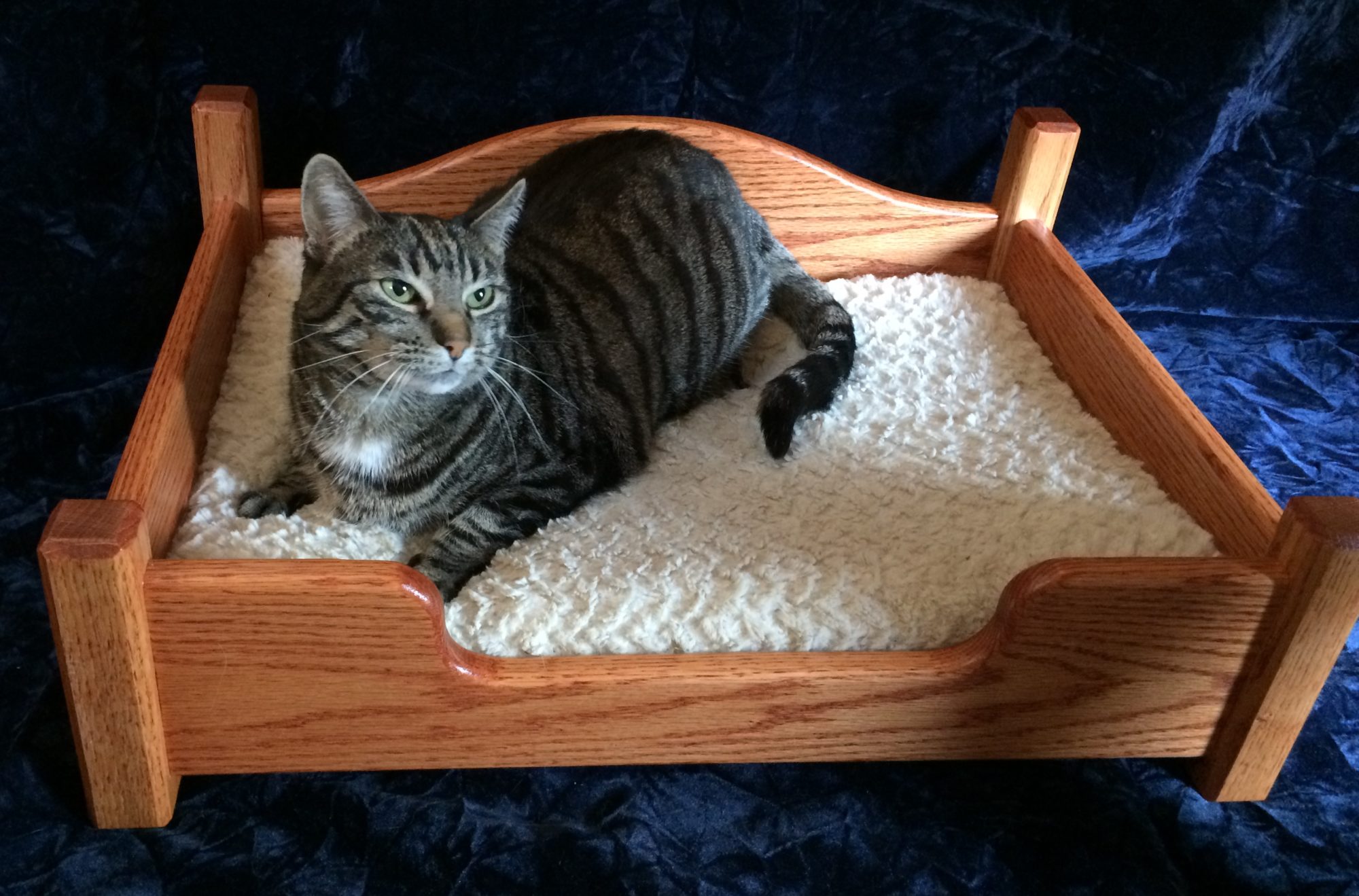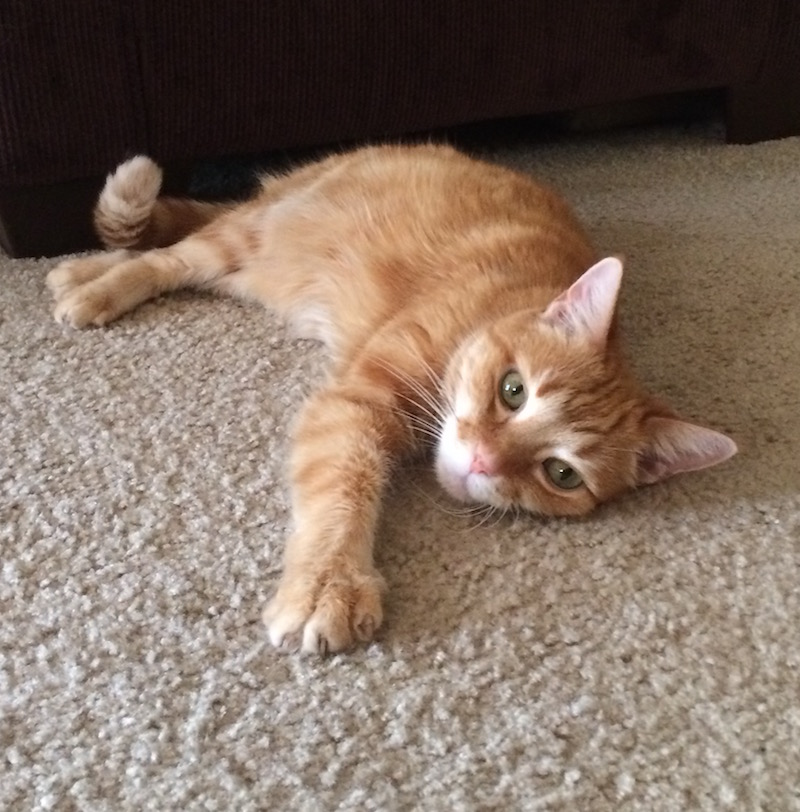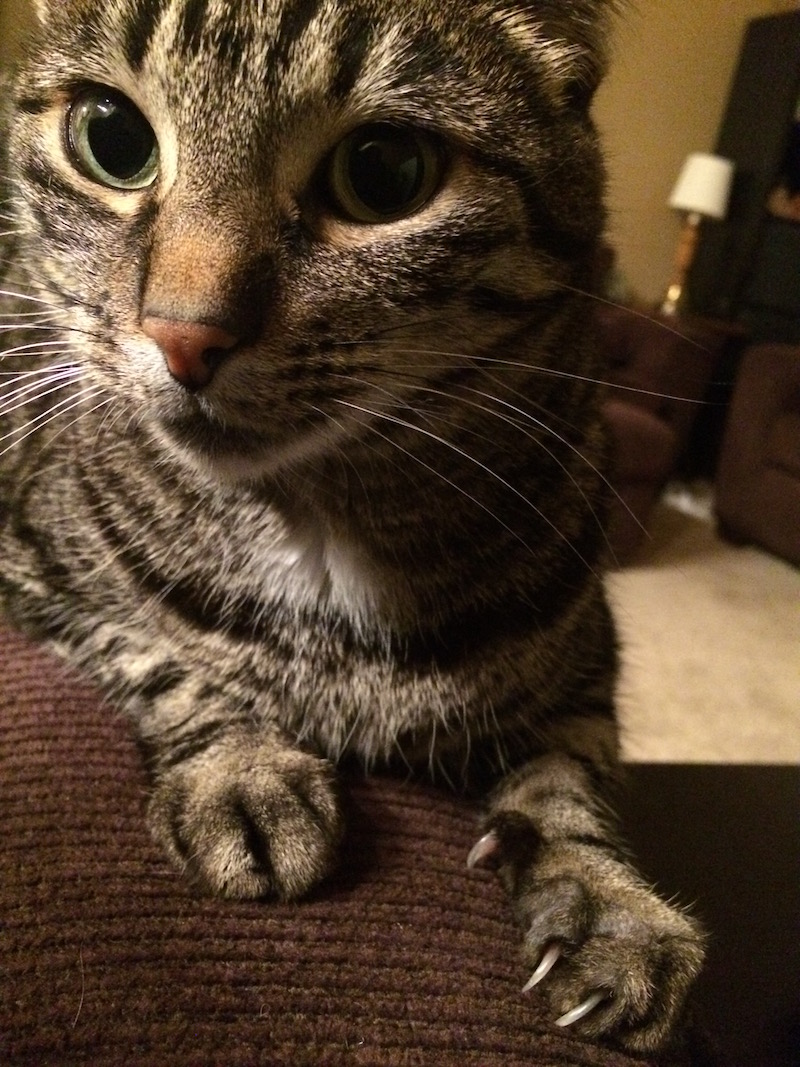We like to pretend that our cats are perfect and things never get messy. But unfortunately accidents and upset tummies happen, and we’re reminded of the less glorious side of living with cats. Here are a few tips and suggestions for “oopses” around the house:
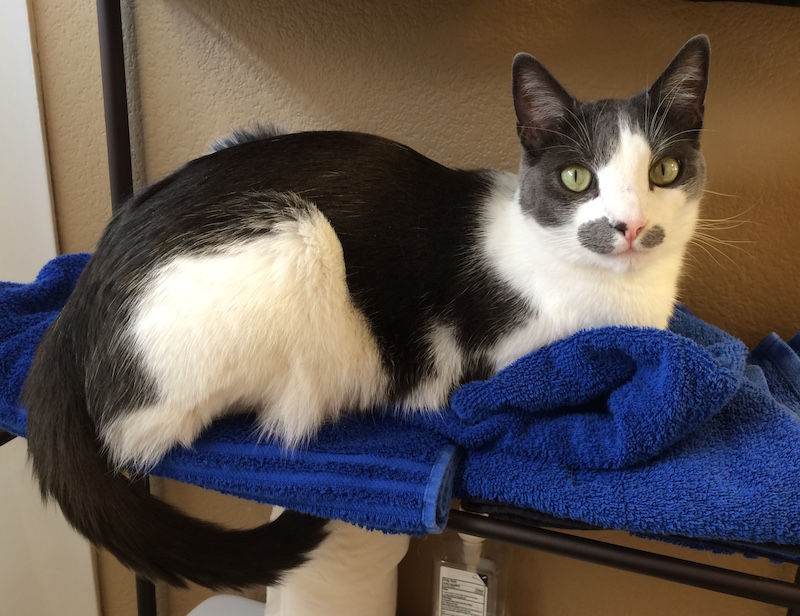
The Whisker Shop is a participant in the Amazon Services LLC Associates Program, and some links in this post are affiliate links. This means that there will be no additional cost to you if you shop at Amazon.com using these links, but we will receive a small percentage of those purchases as a commission. The opinions in this post belong to The Whisker Shop, and we only recommend products we would use or have used ourselves.
When you discover an accident, the first step is to pick up or blot the solids or liquids with a paper towel or washable cloth. We use heavy paper towels, but a dedicated handful of microfiber towels are a greener and much-more-absorbent option, plus you never have to worry about running out when you need one or leaving behind bits of paper while you’re scrubbing.
If the accident happened on carpet or a rug, generously spray the stain with some kind of enzymatic cleaner. We were big fans of Nature’s Miracle for years, but they recently changed their formulation to include a very strong floral perfume that lingers for days, so we only recommend using this if you’re in a large, well-ventilated space away from sensitive notes (human or feline!). We are currently loving So Phresh Cat Stain and Odor Remover, which has a mild floral scent that dissipates within a few hours. We let the cleaner sit for a few minutes, then wipe it up with another towel. If it’s a darker stain, we spray it again and leave it. We notice that most stains will disappear within a day, although sometimes an extra spray treatment is required.
Enzymatic cleaners work well on tile or hardwood floors too. While soap and water will usually do the trick, the enzymes in these cleaners will help destroy pheromones and other scents that might inspire a cat to repeat the performance in the same location at a later date.
These cleaners can also be added to washing machines for bedding and towels to help eliminate stains and odors. You may still need to spot-treat with something like Shout Stain Remover, however.
Remember to do a spot test first! If you are unsure if the fabric you are treating can handle the cleaning products you’re about to use, always do a spot test on an inconspicuous area to make sure the cleaner won’t harm the color or the fibers. Enzymatic cleaners are generally safe in that regard, but occasionally some organic dyes or fiber-dye combinations will be unusually susceptible to problems.
And if you just can’t handle all the extra elbow grease (we would not blame you!), you can get this great little Bissell SpotBot Pet handsfree Spot and Stain Cleaner, and let a robot do the work for you!
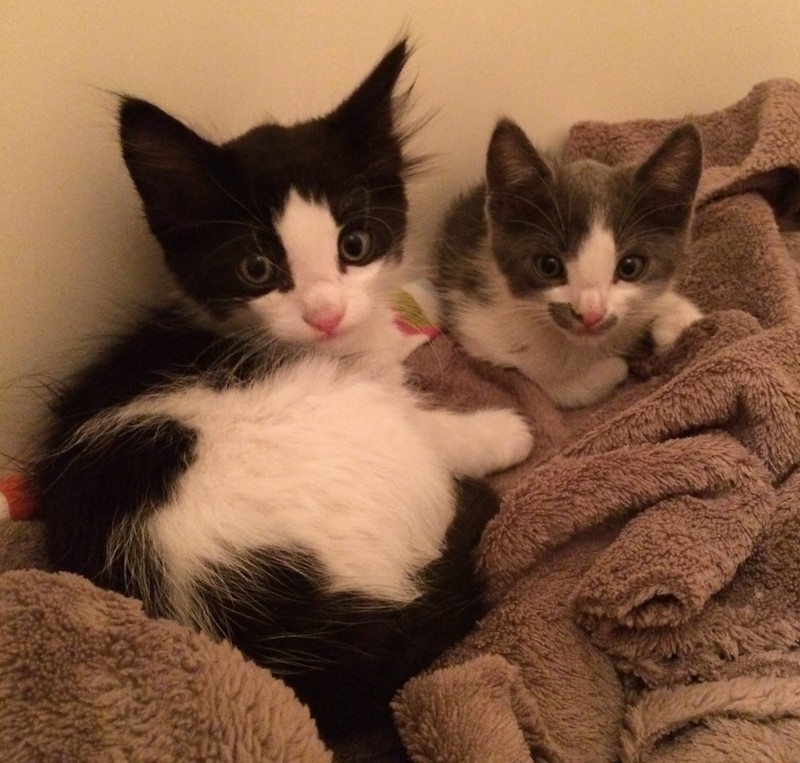
Lining accident-prone areas (around litter boxes or inside cat carriers) with puppy training pads, will also help make cleanups easier. This was especially helpful for our elderly cat Ginger, when she’d have trouble squatting in the box and would use the edge of the box as a seat, where she would sit and do her business. (If only we could’ve taught her to do that from the outside of the box, she never would’ve missed her target! She was worth every cleanup. No matter how big.)

Because we are paranoid about “missing a spot” in a multi-cat household, we always have a black light flashlight handy. Black lights (which are actually ultraviolet lights, but get their name because the human eye cannot see the UV spectrum) will cause biological materials to fluoresce or glow. A pet stain will glow in the same shape of the average urine or vomit accident, or you might see a speckled spray pattern behind a litter box or other places where a cat might be trying to mark his territory. Other non-biological materials will glow under a black light, like detergents, so don’t worry if you see little white flecks on your shirt where you shine a black light.
Safety tip!! Always be careful when using a black light. Do not shine the light in human or animal eyes, and do not use the light more than necessary to get the job done. Ideally you’ll use UV blocking safety glasses like in the black light kit linked above, and many prescription eyeglasses will block UV light, but not necessarily enough to prevent a mild headache from a very strong flashlight. Keep your flashlight in a drawer or a case so that if it’s accidentally left on, it can’t hurt any children or animals who knock it over. Read all about black light and other cool things that glow under black light.
